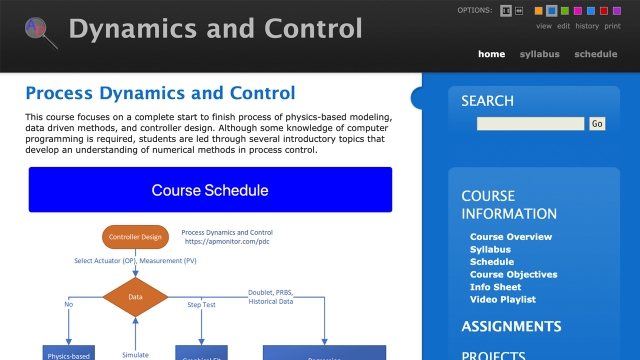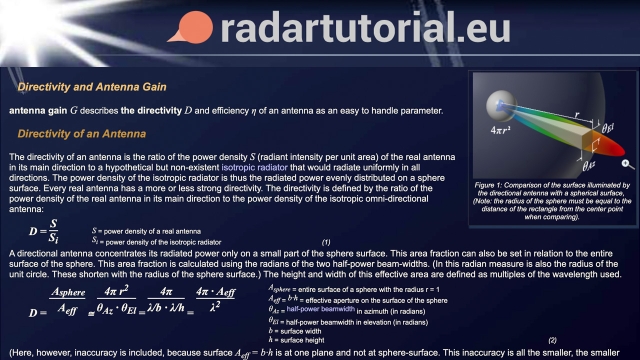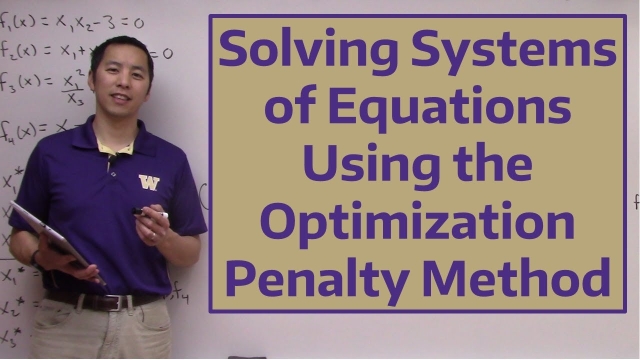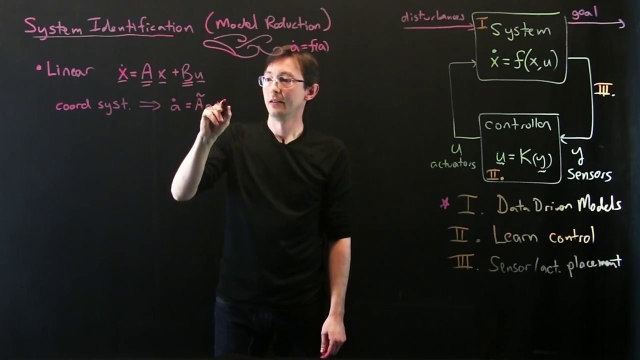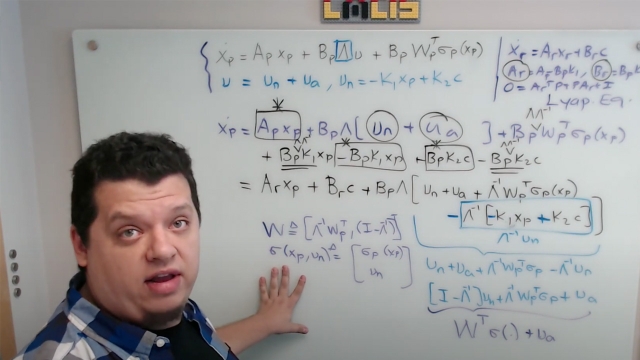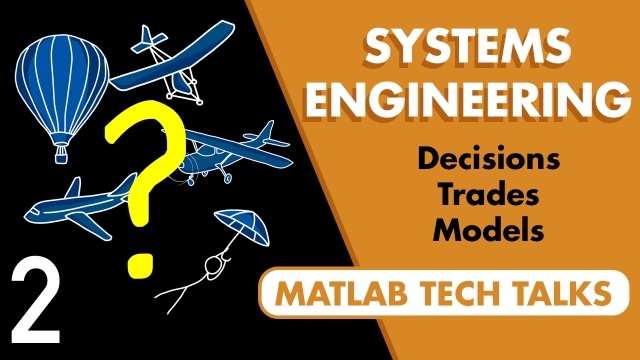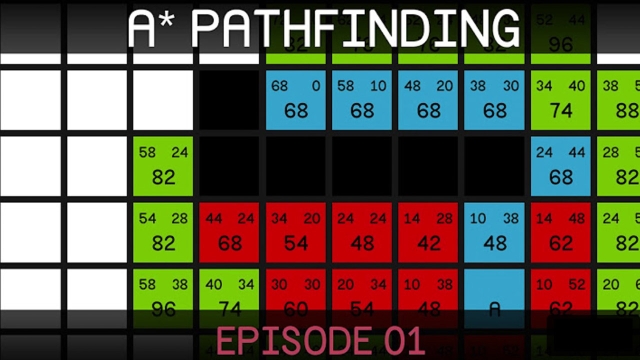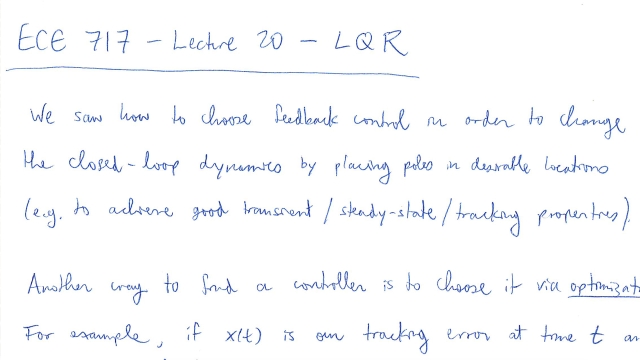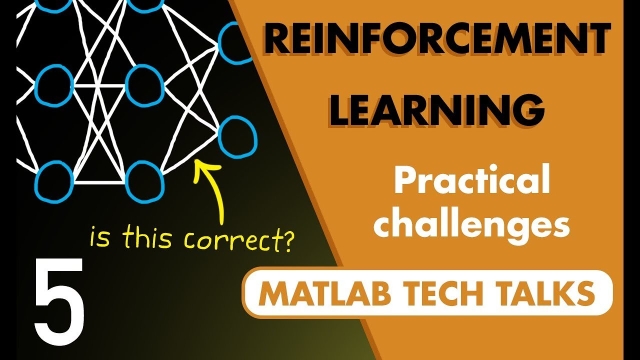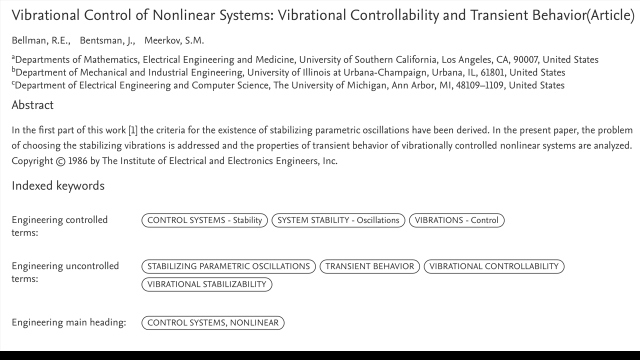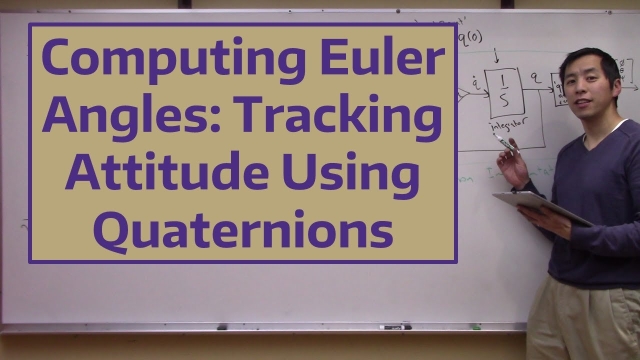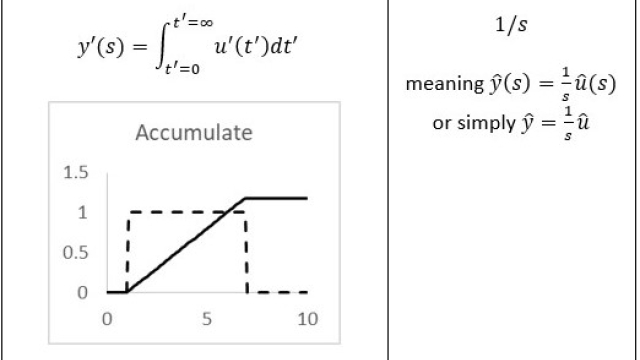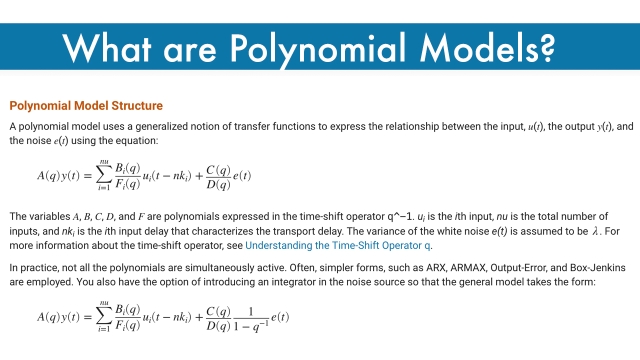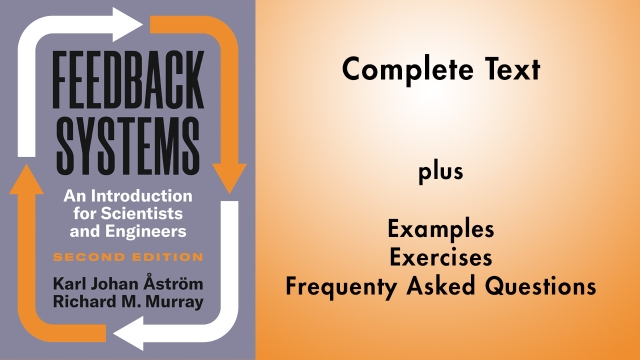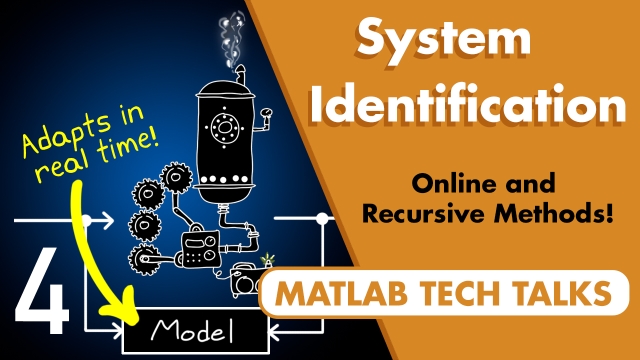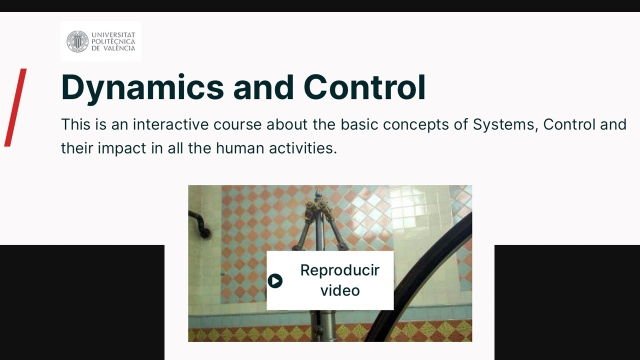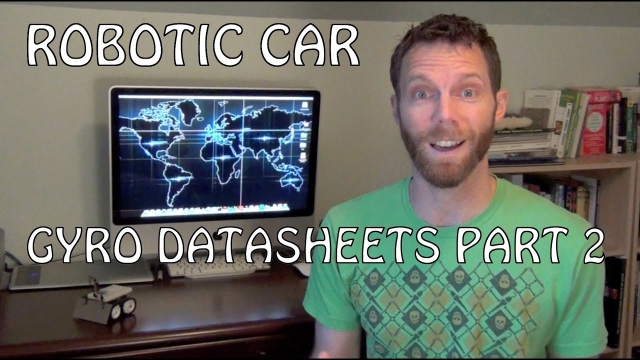
Process Dynamics and Control Course
This course focuses on a complete start to finish process of physics-based modeling, data driven methods, and controller design. Although some knowledge of computer programming is required...
See MoreDirectivity and Antenna Gain - radartutorial.eu
This page describes antenna directivity and gain. The directivity of an antenna is the ratio of the power density S (radiant intensity per unit area) of the real antenna in its main...
See MoreSolving Systems of Equations Using the Optimization Penalty Method
In this video we show how to solve a system of equations using numerical optimization instead of analytically solving. We show that this can be applied to e...
See MoreData-Driven Control: Linear System Identification
Overview lecture on linear system identification and model reduction. This lecture discusses how we obtain reduced-order models from data that optimally capture input--output dynamics.
See MoreModel Reference Adaptive Control Fundamentals (Dr. Tansel Yucelen)
Forum on Robotics & Control Engineering (FoRCE, http://force.eng.usf.edu/) Seminar Series: "Model Reference Adaptive Control Fundamentals" (Dr. Tansel Yucelen)
See MoreWind Tunnel Testing: Introduction and Data Acquisition
This is the first of our 3 part series on wind tunnel testing. In this video, we introduce the concept of wind tunnel testing as well as discuss the process for acquiring aerodynamic data in...
See MoreSystems Engineering, Part 2: Towards a Model-Based Approach
The role of systems engineering is to help find and maintain a balance between the stakeholder needs, the management needs, and the engineering needs of a project. So we can think of it as...
See MoreWhat are Phased Arrays?
This video introduces the concept of phased arrays. An array refers to multiple sensors, arranged in some configuration, that act together to produce a desired sensor pattern. With a phased...
See MoreControl Bootcamp: LQG Example in Matlab
This video combines the LQR and Kalman filter in Matlab on the example of an inverted pendulum on a cart. We stabilize the full nonlinear system with a measurement of a single variable (the...
See MoreA* Pathfinding (E01: algorithm explanation)
Welcome to the first part in a series teaching pathfinding for video games. In this episode we take a look at the A* algorithm and how it works.
See MoreThe Linear Quadratic Regulator (LQR)
Lecture notes for ECE717 on LQR control by Laurent Lessard. There is a section that shows how the Algebraic Riccati Equation is part of the LQR solution by "completing the square".
See MoreInteractive Course for Control Theory
Control Theory is a topic that finds a widespread application throughout engineering and natural sciences. It is very common in electrical, mechanical and process engineering. Especially...
See MoreReinforcement Learning for Engineers, Part 5: Overcoming the Practical Chall...
This video addresses a few challenges that occur when using reinforcement learning for production systems and provides some ways to mitigate them. Even if there aren’t straightforward ways...
See MoreVibrational control of nonlinear systems: Vibrational controllability and tr...
In the first part of this work, the criteria for the existence of stabilizing parametric oscillations have been derived. In the present paper, the problem of choosing the stabilizing...
See MoreComputing Euler Angles: Tracking Attitude Using Quaternions
In this video we continue our discussion on how to track the attitude of a body in space using quaternions. The quaternion method is similar to the Euler Ki...
See MoreLectures on Modelling and Control of Dynamic Systems (French)
Lectures on Modelling and Control of Dynamic Systems from Patrick Lanusse of Bordeaux INP, France.
See MoreNyquist Stability Criterion
The Wikipedia article on Nyquist Stability Criterion. This covers the Nyquist plot, the Cauchy argument principle, and the stability criterion itself. A mathematical derivation is also...
See MoreNo! Not Laplace Transforms
In my 13-year industrial career, I never used Laplace transforms. However, transfer functions and block diagram notation are efficient methods to describe dynamic behaviors, and are often...
See MoreWhat are Polynomial Models?
This Mathworks page provides an overview of polynomial models.
See MoreUnderstanding the Discrete Fourier Transform and the FFT
The discrete Fourier transform (DFT) transforms discrete time-domain signals into the frequency domain. The most efficient way to compute the DFT is using a fast Fourier transform (FFT)...
See MoreNeural Network Overview
This lecture gives an overview of neural networks, which play an important role in machine learning today.
See MoreFeedback Systems: An Introduction for Scientists and Engineers
This is the wiki for the text Feedback Systems (second edition) by Karl J. Åström and Richard M. Murray. On this resource you will find the complete text of the book as well as additional...
See MoreOnline and Recursive System Identification | System Identification, Part 4
Online system identification algorithms estimate the parameters and states of a model as new data is measured and available in real-time or near real-time. Brian Douglas covers what online...
See MoreedX course: Dynamics and Control
This is an interactive course about the basic concepts of Systems, Control and their impact in all the human activities. First, the basic concepts of systems, dynamics, structure and control...
See MoreRobotic Car - How to read Gyro Datasheets (Part 2)
Have you ever been lost trying to understand the information in a gyro datasheet? This video should help! In this second part I explain the purpose of a buffer for a MEMS gyro and explain...
See More
